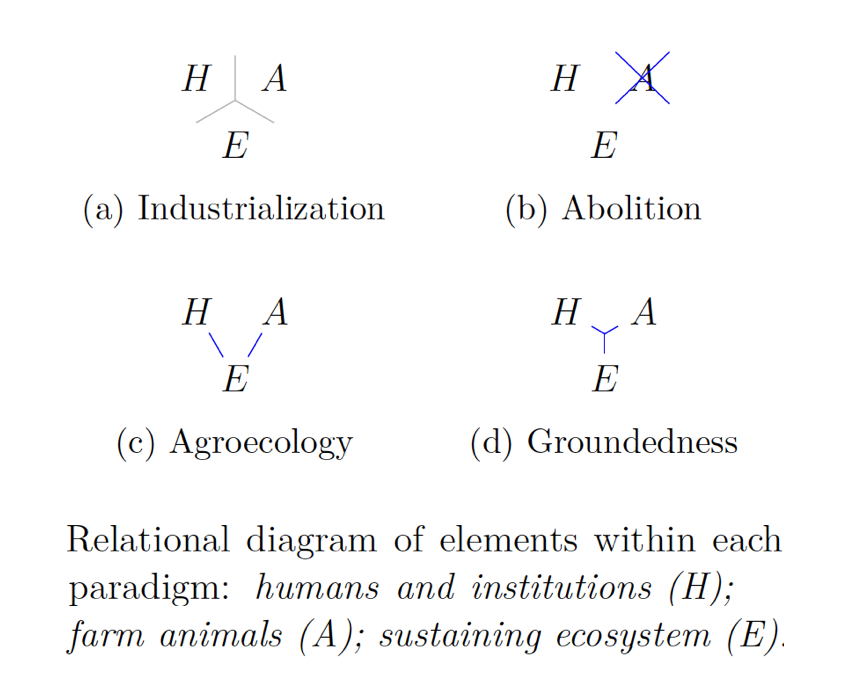Working papers (manuscripts available upon request)

- Water contamination by Animal Feeding Operations: Evidence from Iowa
and North Carolina
The majority of U.S. animal farming takes place in industrial Animal Feeding Operations (AFOs), where large quantities of manure are produced, stored, then typically spread onto fields. The concentration of animal waste is thought to threaten environmental and public health, as airborne and waterborne transmission puts communities at risk of environmental exposure to its contaminants. Water pollution from swine operations is of particular concern yet there are no robust causal estimates of this externality to date. I gather panel data of all permitted AFOs in the two main hog producing states — Iowa (2002-2017) and North Carolina (1997-2020) — and estimate the effects of animal production on downstream surface water quality readings.
My analysis espouses the spatial structure of the underlying process by constructing station-specific drainage areas, and I use two identification strategies appropriate for the states’ regulatory settings and data resolution: the first leverages the spatiotemporal variation in animal production in Iowa, the second the randomness of intense precipitation events on North Carolina farms.
I find deleterious effects across water quality indicators and across types of operations, including from facilities below the size threshold at which the industry is currently regulated. A daily rainfall extreme at an AFO increases downstream levels of fecal coliforms by 3.5%, and nutrients by 0.5-0.7%, relative to mean sample levels, while an additional swine operation in the average station drainage area increases nutrient concentrations by 3.8-10.7% and decreases dissolved oxygen by 1.1%, relative to sample mean levels. These effects are higher than previous findings focused on large dairies, and are higher for swine AFOs relative to all AFOs.
“Since in ancient Egypt there was not yet such an exclusive interest in the specifically human as we see in later forms of religion and world view, and because there the difference between man and animal was not so absolute but regarded as relative, since men and animals both together are living beings, gods could be represented as humans, as animals and in composite human-animal form.” (Velde, 1980)